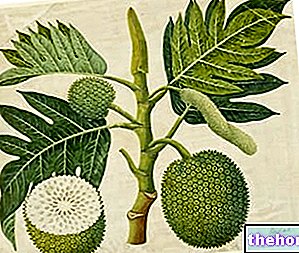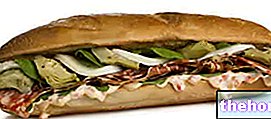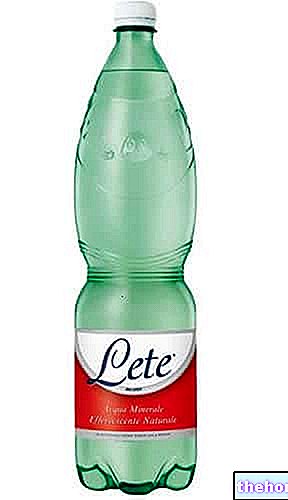Based on the provisions of the regulations in force, processed foods are:
"food products obtained from the processing of unprocessed products. These products may contain ingredients necessary for their processing or to give them specific characteristics". In this case, by ingredients we mean additives, dyes, etc. and some substances capable of conferring particular characteristics to the product (eg fruit, spices, herbs, etc.)
Unprocessed foods, on the other hand, are all those foodstuffs that do not consist of more than one ingredient and that, moreover, have not undergone a significant transformation before being put on sale. Also in this case we report the definition provided by the European regulations:
"Unprocessed food means food products that have not undergone processing, including products that have been separated, sectioned, divided, sliced, boned, minced, skinned, crushed, chopped, cleaned, trimmed, hulled, ground, chilled , frozen, deep-frozen or thawed "
According to these definitions, the vast majority of foodstuffs fall into the category of processed foods. Except for fruit and vegetables, eggs and a few other products that are marketed without having undergone any type of processing, many common foods such as pasta, olive oil, vegetable preserves and breakfast cereals are in reality of processed foods.

However, nature is not always so generous and, in the vast majority of cases, natural transformations alter the quality of food to the point of causing, in extreme cases, infections or food poisoning. Also for this reason, man has always selected the best techniques to make food safer, more palatable and can be preserved for longer. Until a few decades ago these techniques were mostly of natural origin, such as salting and preservation. oil, pickled or smoked meat.
With the advent of industrialization and the radical change in the lifestyle of the population, new substances have been introduced which, added to foods, improve their characteristics and shelf life. These are the so-called "chemical additives", substances which, despite the rigorous controls on their safety, frighten and alarm consumers.
In reality, the category of food processing of artificial origin is much broader and includes many techniques, some harmless and beneficial and others not entirely free of side effects.
In general, the "artificial" transformation must however be considered a positive factor, capable of increasing storage times and preserving the characteristics of the product for a long time. Let's think, for example, of frozen vegetables, whose content in nutrients (vitamins and mineral salts) remains practically unchanged even after months.
Other times the transformation of foods is performed to improve their organoleptic characteristics and make them more palatable to the consumer. And it is in some of these cases that processed foods can become enemies of our health. Think for example of the large addition of salt to many packaged foods (snacks, sausages, baked goods, etc.), to that of sugars in sweets and drinks (sucrose, glucose syrup, fructose syrup, etc.) or to that of oils, Poor quality margarines and fats (tropical oils and fats, margarine, etc.).
It is also necessary to consider all those potential harmful effects that, according to some studies, certain chemical additives would have. Unfortunately, it is not easy to find your way around hundreds of different substances, some of which are banned in certain countries and licensed in others. The possible interaction between the various additives and the potential long-term effects linked to their chronic intake should also be considered.
Despite the rigorous controls on the subject, we are bombarded every day by these substances which, while offering a whole series of advantages to the consumer, on the other hand bring significant economic benefits to those who market the foods that contain them. of chemical additives as less expensive than natural ones and capable of significantly improving the organoleptic qualities of a poor product.
Below is a short list of chemical additives to be used in moderation, based on the findings of various studies that testify to their danger:
"DANGEROUS" ADDITIVES
Unfortunately, on the "chemical additives" topic there is a lot of confusion generated by incorrect information that exploits the fears of the consumer. However, if we examine the previous table we realize that the foods with the highest risk (cheeses, preserved meats, sweets, sugary drinks and alcohol ) are precisely the ones that should be moderated regardless of whether or not chemical additives are present.Only a healthy and balanced diet can therefore provide us with all the substances we need while protecting us from harmful ones.
See: Food Tips
Functional foods




.jpg)























